You have no items in your shopping cart.
Wine Saint-Nicolas-de-Bourgueil
-
Top Selling
-
Top Selling
-
Top Selling-20%
- -10%
Saint-Nicolas de Bourgueil is a village of diehard winegrowers
As almost everywhere in France, we owe the origins of the vine to the Romans, but the cultivation of the vignoble bourgueillois, including that of Saint Nicolas de Bourgueil, owes its development to the Abbey of Bourgueil, founded in 990. The vineyards of the Loire benefited overall from the development of the communication routes during the 10th century and took off.
In the middle of the 12th century, Anjou and Aquitaine founded a political union and the Breton vineyard, located on the borders of Touraine and Anjou, took on the contours of the commune of Saint Nicolas de Bourgueil. It was then that the Angevin vineyard developed, thanks to the accession of Henry II, the Count of Anjou, to the throne of England.
The Vendée wars during the French Revolution were devastating for the Anjou vineyard. While the vine had more or less recovered its production, the phylloxera crisis in turn destroyed the vineyard at the end of the 19th century. It takes time to reconstitute the plantations of the region, but the village of the irreducible wine growers of Saint Nicolas de Bourgueil does not intend to give up. The winegrowers put all their determination and talent into rebuilding their vineyards. Their perseverance was rewarded by the Saint Nicolas de Bourgueil appellation, consecrated as an AOC by a decree of 31 July 1937.
The inhabitants of Saint Nicolas de Bourgueil claim to live according to the rhythm of the seasons and the work of the vineyard. The place of life and work being one, they are particularly attached to their terroir which they protect and care for. They have managed to maintain one of the last independent supply buying structures to this day. The working of the land goes hand in hand with its respect and they are careful to use alternative and less invasive methods of bio control.
The terroir of Saint-Nicolas-de-Bourgueil is surrounded by a forest with oceanic overtones
The Saint-Nicolas-de-Bourgueil appellation covers an area of one thousand hectares for an annual production of 60,800 hectolitres, of which 2% is rosé. The Saint Nicolas de Bourgueil appellation is the only AOC in the Loire Valley to take the name of its commune. The deep sand and gravel soils form the basis of the terroir in the shape of an alluvial terrace. Above, the vineyard stretches over a slope of tuffeau, the micaceous chalk, cream or white, sometimes yellowish, from the Turonian period. The chalk is covered with sand over its entire surface.
The village is very close to the confluence of the Loire and the Vienne, which gives the river exceptional power. Maritime influences are close by, thanks to the Atlantic Ocean, which gives Saint Nicolas de Bourgueil a slightly oceanic climate. At the same time, the forest - where troglodytic cellars are hidden - extends there and protects the slopes of the hills too exposed to the northern winds.
The (almost) unique grape variety of Saint-Nicolas-de-Bourgueil
Saint Nicolas de Bourgueil tolerates only one grape variety, Cabernet Franc, though with one exception. It is indeed possible to find cabernet sauvignon, but within the limit of 10% of the blend, which in fact is rarely used. The red wine of Saint Nicolas de Bourgueil is renowned for its aromas of red fruits, raspberry, cherry and blackberry. It is a fine and delicate wine, whose harmonious nose is particularly greedy. It is indeed intense, this nose, and, beyond the aromas of ripe red fruits, we detect a hint of pepper, even liquorice. This is its Bretonnaise side, as the local expression goes. It also sometimes offers a slight spicy feel.
It is so deep in colour that it is sometimes thought to be black. Only its dense purple hues can deceive our eye. As it ages, the colour shifts to an equally dark garnet, but nuanced by tile-like moiré. On the palate, its aromatic finesse and beautiful structure compete with a tannic presence on the attack if you taste it young. But Saint Nicolas de Bourgueil is also a wine for laying down that gets rounder with age. Its aromatic power endures tirelessly as the years go by.
The rosé of Saint Nicolas de Bourgueil is rare, but just as delicious. With its briny pink colour, this floral wine evokes red fruits, but also exotic fruits. Delicate to perfection, it brings you the freshness you sometimes miss in summer.
The domains of Saint-Nicolas-de-Bourgueil to discover
The Domaine des Vallettes
Located 4 kilometres west of the village of Saint Nicolas de Bourgueil between Angers and Tour, the Domaine des Vallettes is run by Antoine and François Jamet who took over the property created by their parents in 1986, but their family has been winegrowers for 8 generations.Planted exclusively with Cabernet Franc, the estate covers 20 hectares. It has recently been extensively renovated to further refine the quality of the wine. The buildings have been totally insulated to obtain a complete control of the temperatures of the vat room. The annual production in volume is about 180 000 bottles. The Jamet brothers produce, in the image of their terroir, a top-of-the-range wine, essentially red, with however a small place reserved for rosé.
Cave Bruneau Dupuy
The history of the Bruneau Dupuy estate in Saint Nicolas de Bourgueil goes back several generations. It is now run by Sylvain. Both to increase the quality of the wines and to preserve the environment, the entire vineyard is grassed or cultivated between the rows, the cavaillon is worked without weedkillers and treatments are reasoned. Since the 2016 vintage, the vineyard has been certified as an organic wine by Ecocert, an independent organisation.The farm extends over an area of 20 hectares protected to the north by the forest. The south-facing slopes, on clay-limestone soils covering the tuffeau, give full-bodied wines with a long finish. They develop a more or less pronounced red fruit aroma depending on the year. The part of the vineyard planted on sandy soils gives lighter fruity wines, to be drunk young.
Anjou-Coteaux-de-la-Loire
Blanc Fumé de Pouilly
Chaume 1er cru des Coteaux-du-Layon
Coteaux-de-l'Aubance
Coteaux-du-Giennois
Coteaux-du-Vendômois
Côtes-d'Auvergne-Châteaugay
Côtes-d'Auvergne-Corent
Côtes-de-la-charité
Gros-plant du Pays nantais
Haut-Poitou
Orléans
Orléans-Cléry
Pouilly-sur-Loire
Quarts-de-Chaume
Saumur Mousseux
Touraine-Azay-le-Rideau
Touraine-Mesland
Vin de Pays de la Vienne
Vin de Pays de Loire-Atlantique
Vin de Pays de Vendée
Vin de Pays du Jardin de la France
Vin de Pays du Loir et Cher
Vin de Pays du Puy de Dôme









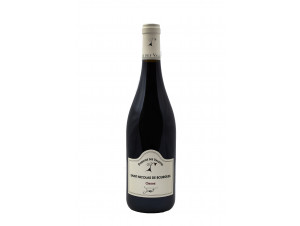




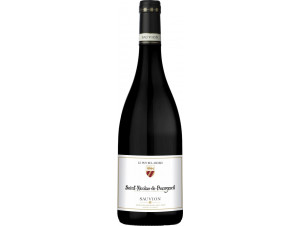
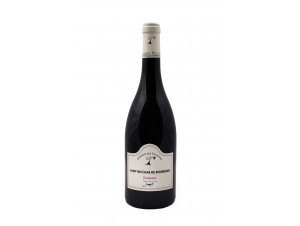

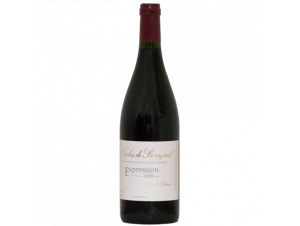
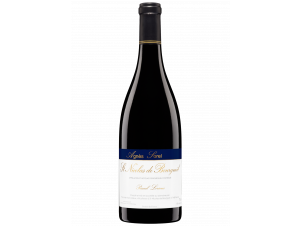

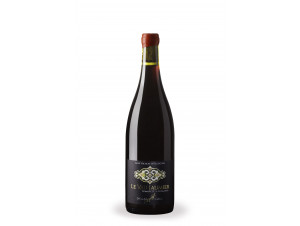

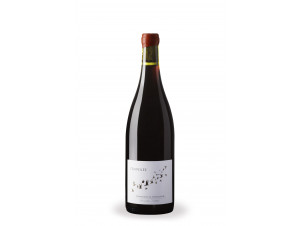

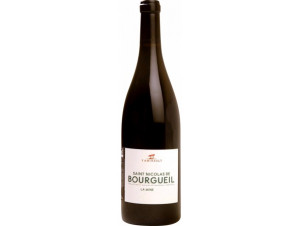

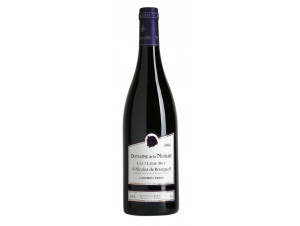





 TWIL - Achat de Vin
TWIL - Achat de Vin


